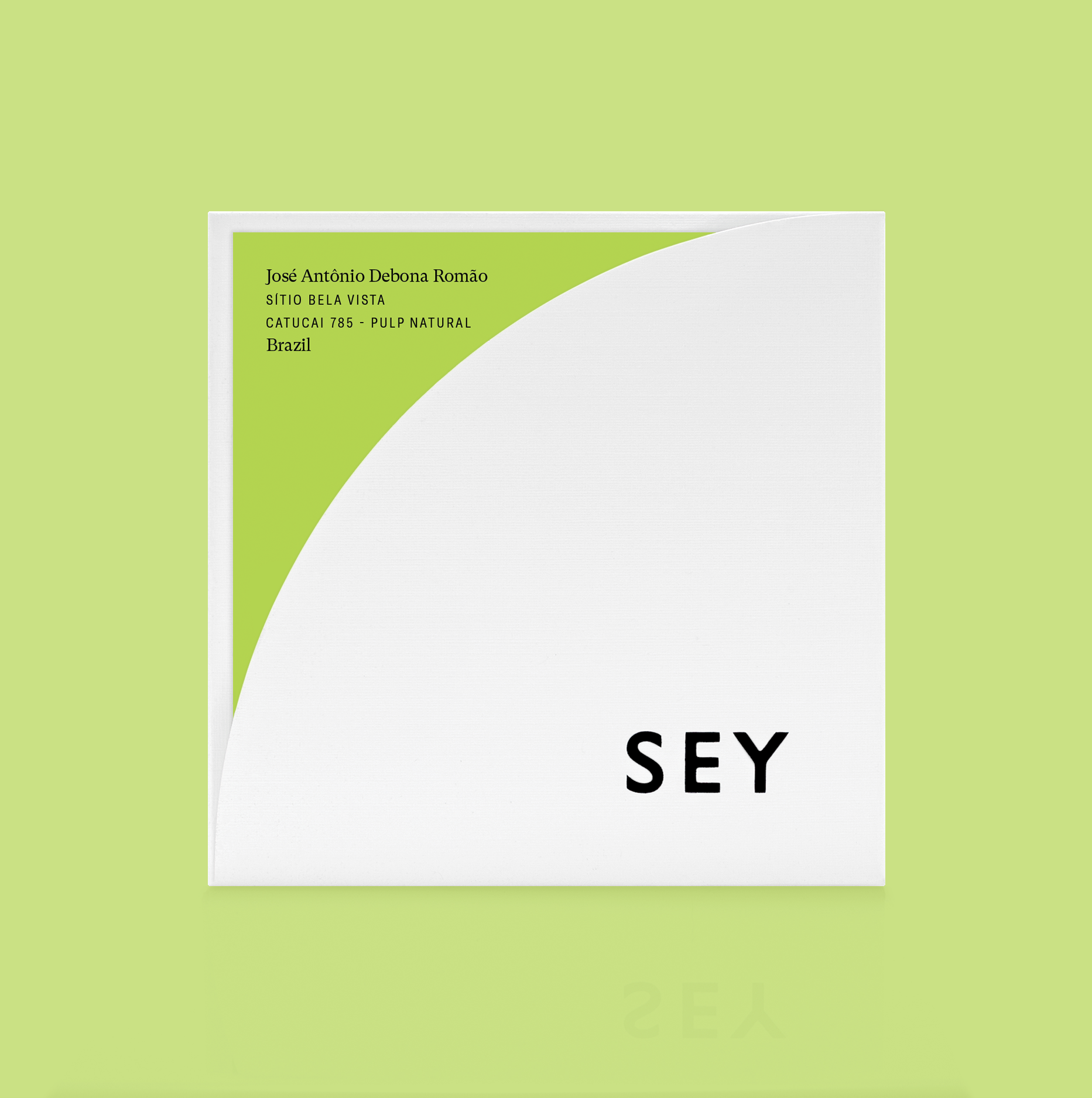
This selection continues our exploration of Espírito Santo. José’s farm is located in a particularly cool and humid region, resulting in slower fruit maturation. In the cup, we find cacao, subtle citrus acidity, and a nice berry compote sweetness.
Catucaí 785
Córrego de Prata, Castelo, Espírito Santo
1,100 masl
November, 2021
Hand picked at peak ripeness. Floated to further remove defects, and depulped on the day of harvest. Moved straight to drying beds and dried until moisture reaches ~10.5%.
ABOUT JOSÉ RAMAO
José is a second-generation coffee producer who works this farm with his wife Cirlene and his two sons. As mentioned, this particular microclimate is creates conditions for some pretty interesting coffee production. We are finding a much more complex and dynamic cup profile, with much more articulated fruit and acidity. We are also noticing a much cleaner profile than we would normally expect to find in the traditionally natural and pulp natural processed coffees. We are still very much in the beginning stages of exploring this region and it continues to be a fairly mysterious place.
ABOUT CATUCAÍ 785
Catucaí 785 is a progeny of Icatú Vermelho and Catuaí Vermelho, and within the Bourbon lineage. It is a small uniform plant with wavy-edged leaves, and bronze-hued new growth. It is high-yielding, produces large red fruit with a large sieve rating, and is both highly leaf-rust tolerant and remarkably stable in varied weather conditions. While generally an early-harvest plant, in certain climates fruit development begins early but slows significantly—a trait that has been utilized to extend fruit maturation and improve cup quality by some of the more astute producers in compatible regions.
Pricing Details
FARM GATE (LOCAL)
51.61 BRL/KG
FARM GATE (USD)
~$9.48/KG
FOB
$9.48/KG
FOT
$14.66/KG
The cost of getting a coffee from cherry to beverage varies enormously depending on its place of origin and the location of its consumption. The inclusion of price transparency is a starting point to inform broader conversation around the true costs of production and the sustainability of specialty coffee as a whole.